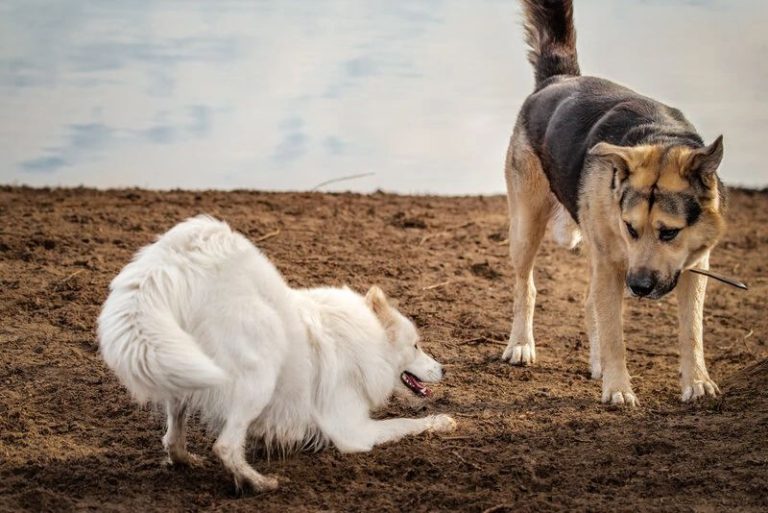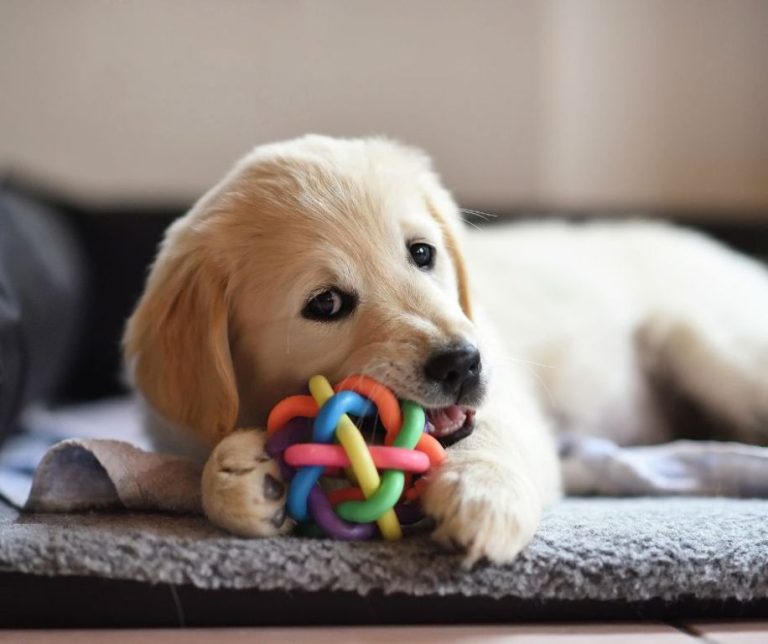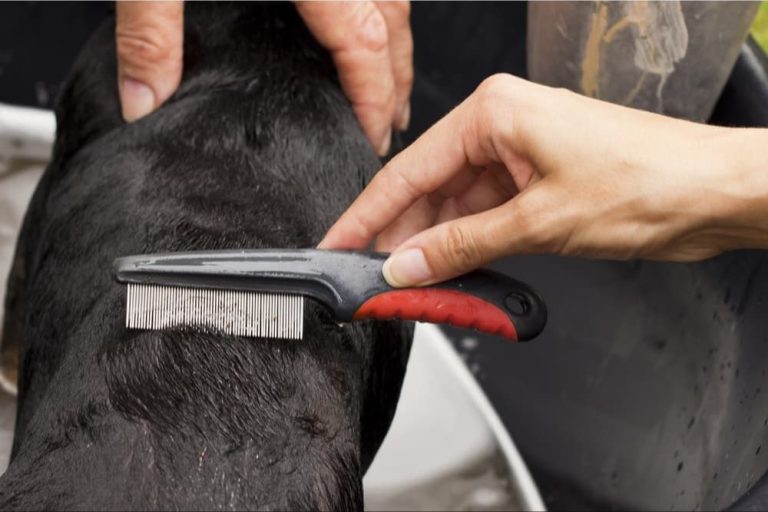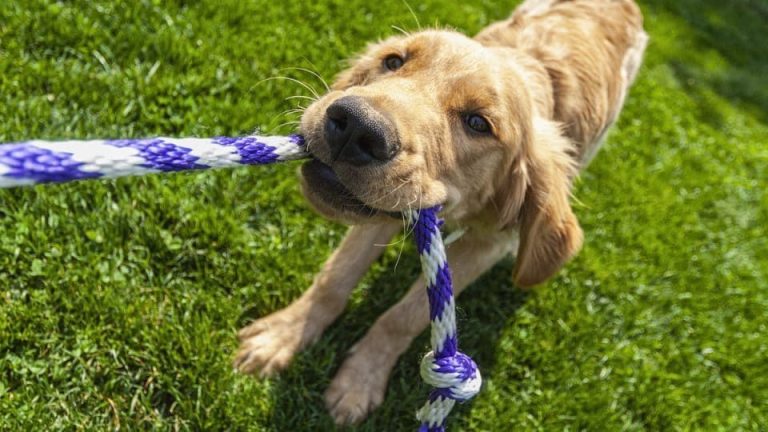A Beginner’S Guide To Teaching Your Dog Basic Commands
Teaching your dog basic obedience commands like sit, stay, come, and down is extremely beneficial for establishing a well-behaved and controllable pet. Having these fundamental skills mastered allows you to keep your dog safe and enhances your ability to communicate with them. This beginner’s guide starts from square one, providing step-by-step instructions to train a dog basic commands from scratch. We’ll be utilizing positive reinforcement, which experts agree is the most effective and humane method for dog training.
Preparing to Train
Before you start actively training your dog, it’s important to make some preparations. Set aside regular short training sessions of 5-10 minutes each day. Keep the sessions positive and fun for both you and your dog. Have tasty treats on hand to use as rewards during training. Small pieces of cooked chicken, hot dogs, beef, cheese, or commercial training treats work well for most dogs. Start training in a quiet, familiar environment without distractions so your dog can focus.
According to experts, “Begin in your home or backyard. Once the new skills are acquired you can practice them in more distracting environments.” (Source)
The key is starting small and setting your dog up for success. Keep training sessions short, positive, and rewarding. With a good foundation, you’ll be able to move training into more challenging environments.
Sit
One of the most important basic commands to teach your dog is to sit on command. This allows you to have control over your dog to get them to sit and stay instead of jumping up, pulling on the leash, or getting into things they shouldn’t.
To teach your dog to sit:
- Hold a treat directly in front of your dog’s nose.
- Slowly raise the treat straight above your dog’s head. As they lift their head to follow the treat, their hind legs should lower and their bottom should touch the ground.
- As soon as their bottom touches the ground, say “Sit” in a firm, clear voice and give them the treat right away as a reward.
- Repeat this process, continuing to reward with treats each time they successfully sit on command. As they learn the behavior, you can phase out food rewards and provide praise instead.
- Practice daily, increasing the time between issuing the command and reward. Also practice with distractions around to solidify the training.
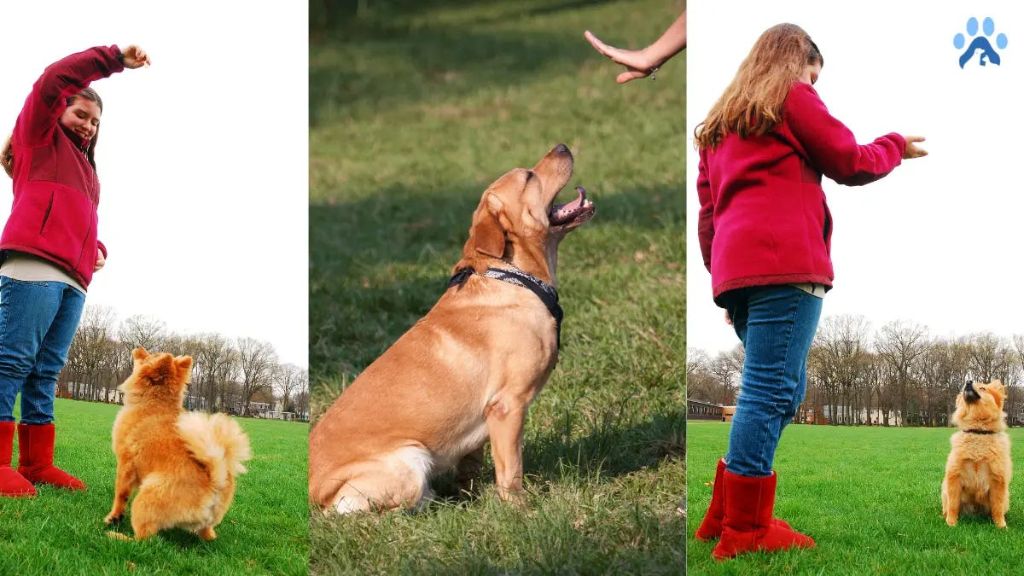
With consistent repetition and positive reinforcement, your dog will quickly learn to sit on command. Be patient – some dogs may pick this up right away, while others may need more time and practice (Source). The key is rewarding the desired behavior each time to reinforce it.
Stay
An important command for any dog is “stay”. This teaches your dog to remain in place until you release them. Here are some tips for training this according to the RSPCA:
Start by having your dog sit. Say “stay” in a firm, clear voice while holding your hand out in a stop signal. Take one step back, then immediately return and reward with praise and a treat. Gradually increase the distance you step away, but keep the stays short at first.
Once your dog is reliably staying for 10-15 seconds, you can start lengthening the duration of the stays. Make sure to continue praising and rewarding each successful stay. Over time, work up to staying for a minute or more.
The next stage is adding distractions while staying. Have a friend or family member engage your dog while you step away. Start with mild distractions like talking or clapping, then work up to more exciting ones like squeaky toys or thrown treats according to the AKC. Make sure to praise enthusiastically for staying put!
With continued daily practice, your dog will learn to remain in a sit, down or stand position until you release them. This provides a great foundation for reliable obedience.
Come
The “come” command is essential for keeping your dog safe off-leash or when space is limited. Start by teaching your dog to come on-leash, using an excited tone when saying the command and immediately rewarding with praise, pets, or treats when they reach you (AKC). Step backwards a few paces after saying “come” to encourage your dog to move towards you.
Once your dog reliably comes to you on-leash, practice in enclosed spaces off-leash. Continue using an upbeat tone and reward each time they return. Gradually increase distance and work up to more distracting areas (RSPCA). Always reward your dog for coming to you, even if they were doing something wrong beforehand. This will build a strong association between the “come” cue and getting something good.
With consistent training, your dog will learn to come no matter the distraction or distance. A reliable recall allows more freedom off-leash and is important for safety in any situation.
Down
The “down” command teaches your dog to lie down on command. Follow these steps to train your dog to lie down:
First, hold a treat in your fist near your dog’s nose and say “down.” Then, slowly lower your fist straight down between your dog’s front paws. Keep lowering your fist until your dog lies down. Once they are lying down, open your fist and give them the treat while praising “good down!” Reward your dog while they are still in the down position so they associate lying down with getting a treat.
Practice this several times per day until your dog reliably lies down when you give the command. Over time, phase out giving a treat every time and just praise them. Be patient, as some dogs pick up on this command faster than others. If your dog stands back up after going down, gently push their hindquarters down again while repeating “down.” This will reinforce staying in the down position.
Leave It
The “leave it” command teaches your dog to resist the temptation to take an item you don’t want them to have. This is an important command for keeping your dog safe and preventing bad behaviors like stealing food or chewing on dangerous objects.
To teach “leave it”:
Place a treat on the floor and cover it with your hand. Say “leave it” and keep your hand over the treat until your dog stops paying attention to it. As soon as they look away or lose interest, mark the behavior with a clicker or word like “yes!” and give them a reward from your other hand.
Gradually increase the difficulty by using higher value treats, placing treats in plain sight, or dropping treats on the floor. Always cover the treat with your hand at first while saying “leave it.” Wait for your dog to lose interest before rewarding.
With enough repetition, your dog will learn to leave treats and objects alone when you give the command, even if they aren’t covered.1
Drop It
The “drop it” command teaches your dog to release an object from their mouth on cue. This is an important command for preventing your dog from ingesting something harmful. According to the AKC article How to Teach Your Dog to Drop It, start by offering your dog a toy. Say “drop it” and offer a treat in exchange for them releasing the toy. Practice this repeatedly with different toys. Eventually, phase out giving a treat each time and just praise/reward intermittently. The key is to say “drop it” before reaching for the item, so your dog learns to respond to the verbal cue.
Common Training Challenges
While teaching basic commands, you may encounter some common challenges. For easily distracted dogs, focus on training in a quiet environment without many distractions at first. Only progress to more stimulating areas after the command is well learned. Use high-value treats to keep their attention. If your dog seems unmotivated, try a different reward like a favorite toy or excited praise. Keep training sessions short and fun to prevent boredom. Using only positive reinforcement techniques is essential – never punish your dog for not complying, as this can damage the human-canine bond. Patience and persistence are key when facing any training obstacles.
According to Gallant, “Harsh reprimands or punishments will likely cause more harm than good” (https://www.gallant.com/blog/dog-commands). Being patient and only using positive reinforcement will help motivate dogs and make training an enjoyable experience for both owner and pet.
Reinforcing Training
Regular refreshers and practice are key for reinforcing your dog’s training and keeping commands strong. The ASPCA recommends conducting short, positive training sessions daily to strengthen learned behaviors.1 Try 5-15 minute mini training sessions spread throughout the day.
It’s also important to practice commands in different environments so your dog understands the cues in various settings. Take training lessons outside, practice at a friend’s house, run through commands at a park, etc. Exposure to new places and distractions will build your dog’s understanding.2
Using hand signal cues in addition to verbal commands is another great way to reinforce training. Combining voice cues with a physical hand motion can help reinforce the meaning and give your dog multiple ways to understand what you want. Always pair the hand signal with the verbal cue together at first, then you can fade out the verbal cue over time and just use the hand signal.
As your dog masters commands, you can start to phase out food rewards if you wish, replacing them with praise, pets, play or other rewards. But you should still give occasional food rewards to keep your dog engaged and motivated with training.


